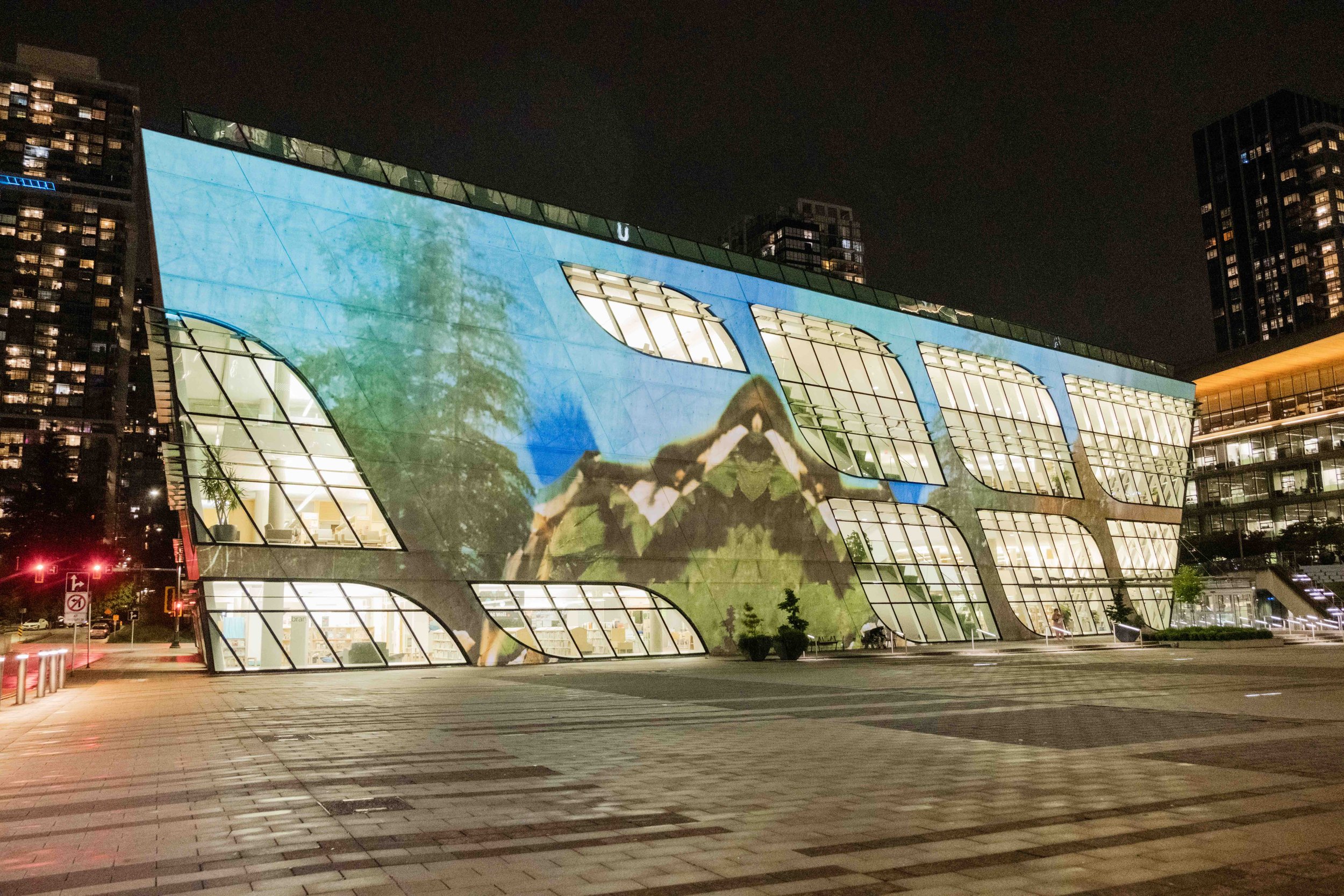Iranian-born local artists translate verse to the visual in Under the Shade of the Lotus Tree
Paintings by Pari Azarm Motamedi and Rozita Moinishirazi explore Persian culture, poetry, and history in new West Vancouver Art Museum exhibition
Pari Azarm Motamedi, The Story of the City of Stones (detail), watercolour on paper, 2015. Photo courtesy of the artist. Photo by Hamid Zargarzadeh
West Vancouver Art Museum presents Under the Shade of the Lotus Tree: Pari Azarm Motamedi and Rozita Moinishirazi to April 1
THE LOTUS TREE is rooted in symbolism in Persian culture, representing a place of refuge, safety, and recovery. Inspired by Persian poetry, two Iranian-born, Vancouver-based artists explore the tree’s metaphors and themes of the Persian diaspora stemming from the Iranian Revolution and the fall of the Shah in 1979 in a new exhibition at West Vancouver Art Museum.
Under the Shade of the Lotus Tree: Pari Azarm Motamedi and Rozita Moinishirazi features paintings by the two artists that illustrate recent and ancient Persian poetry and history.
“Both artists are deeply inspired by Persian poetry, both historical and contemporary, which often carries multiple meanings and veiled political commentary,” West Vancouver Art Museum curator Hilary Letwin tells Stir. “They work in fairly traditional materials—watercolour for Motamedi and reverse glass painting for Moinishirazi—but their processes involve an act of translation from verse to the visual. They also share an interest in translating traditional Persian symbols into modern forms.”
Motamedi, who has lived in West Vancouver for more than 30 years, was born and raised in Tehran. Having trained and worked as an architect and urban planner in Iran and England before moving to Canada in 1984, she has painted throughout most of her life, exhibiting at public and private venues in Iran, the U.S., and Canada; locally, her works have been shown at Museum of Anthropology at University of British Columbia, Simon Fraser University, and University of Victoria. She also works in precious metals, creating jewellery, games, and furniture. A wearable chess set she designed and made won the 1994 DeBeers Award and was shown in major Canadian cities and publications.
Moinishirazi, a multi-disciplinary artist who has exhibited across Canada and abroad, lived in Iran until she was 21, experiencing the horrors of the Iran-Iraq war. She came to Canada via Germany in 1990, going on to earn a BFA at Emily Carr University of Art and Design. Moinishirazi completed an MFA at the University of Tehran in 2006, later acquired her master’s of education at UVic, and now teaches at Emily Carr University.
Rozita Moinishirazi, The Valley of Unity (detail), painting on glass, 2022. Courtesy of the artist. Photo by Rachel Topham
The two painters modernize traditional Persian symbols and stories, subverting historical motifs to address current crises in their homeland, in an act of translation, Letwin explains.
“Both artists consider the Persian diaspora in much of their work, take their cues from Persian poetry and undertake a process of translation when painting,” Letwin says. “The artists share an interest in translating historical and contemporary poetry into a visual form. Persian poetry can often be read on multiple levels, including as political commentary.
“They are also intrigued by the ways in which they can transform traditional Persian motifs and symbols into a more contemporary visual language,” she adds. “Where they diverge is in their materials. Motamedi works almost exclusively in watercolour whereas Moinishirazi works in many different types of materials, and in this case, has used traditional reverse glass painting. She spent last summer in Iran, working with masters of glass work and learned how to work in this particular method.”
The exhibition includes much of the poetry that the artists worked with, in English and Farsi.
Under the Shade of the Lotus Tree is especially timely and significant now, with protests in Iran ongoing over the suspicious death of 22-year-old Mahsa Amini while in custody of Iran’s morality police last fall.
“We started the planning for this project long before the current events gripping Iran,” Letwin says. “However, as the events around Mahsa Amini’s death and the subsequent demonstrations around the work unfolded, our desire to educate our visitors about the rich history of Persian culture has only strengthened.”
For more information and details on related events and guided tours, see here.






























